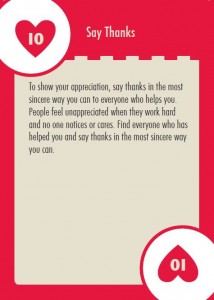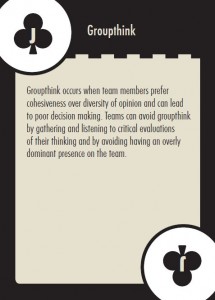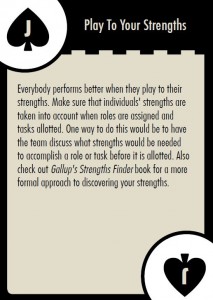I was becoming frustrated with our team. Three days and dozens of emails later we were still no closer to solving the problem. The problem you ask? Finding a date for our next meeting! Egads, for a group of reasonably competent, smart people we certainly were limiting our effectiveness by using the wrong technology. In my own experience on teams and from coaching other teams, the two time wasters I see are using email to make decisions (including scheduling meetings!) AND, get ready … emailing Word documents and using track changes to collaboratively work on something.
We’ve learned a lot over the years from virtual team practitioners and writers. Our favorite writers are Duarte and Snyder whose book Mastering Virtual Teams is a must have for anyone who works on a team, whether virtually dispersed or not. It is full of hints, tips and strategies. A few years ago, we adapted some of their ideas to produce a collaborative task identification tool. We suggest that teams talk about the types of tasks they face and the types of technology they can use. The chart below does not deliberately identify specific technology as technology changes too rapidly for that, but we hope the chart is a useful starting place for teams. After the chart, I’ve listed 6 ways you can save time on your team by using the right technology for the right task.
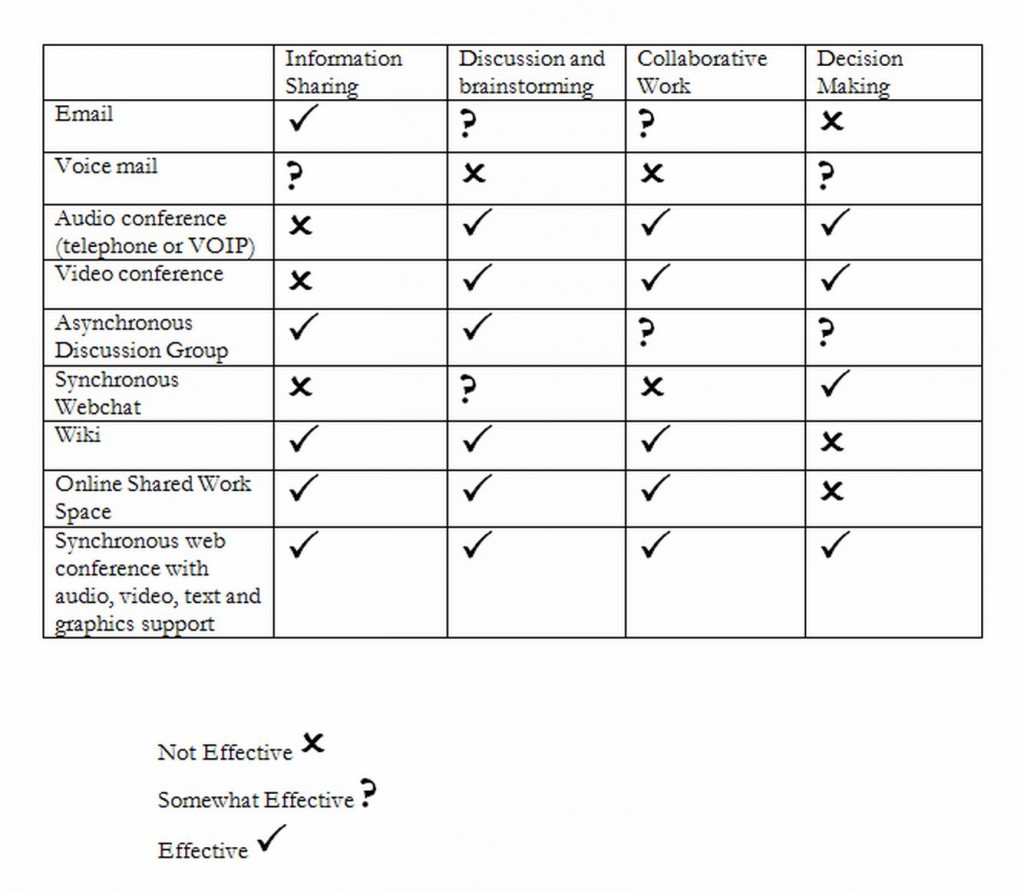
Collaborative Task Tool, Calliope Learning adapted from Duarte and Snyder
Here are 6 of my favorite tools and they all offer free versions:
- Meeting Wizard – Stop the email craziness and use this tool to schedule your meetings!
- Rypple – Easily get feedback and hand out kudos using this very neat online survey type tool.
- Skype – I probably don’t need to mention this one but if you are a virtual team, skype is a must have for real time chats.
- Google Docs – is a simple and easily accessible way to share and co-edit documents.
- Yammer – is a Facebook type application but more geared towards productivity. You can set up your own private yammer group and use it to communicate and collaborate, share documents, etc. It also has smart phone versions so you can use it from your phone or computer.
- Mindmeister – is collaborative mindmapping software for the creative types out there.
I hope this has given your team some ideas! Have you found any cool tools to use? I would love to hear about them!
Today’s blog comes from our Teamwork Explorer, 10 of Spades card. Posted by Tammy.
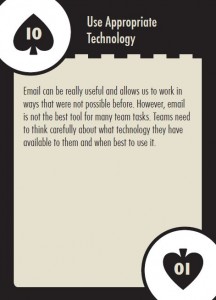
Use Appropriate Technology


